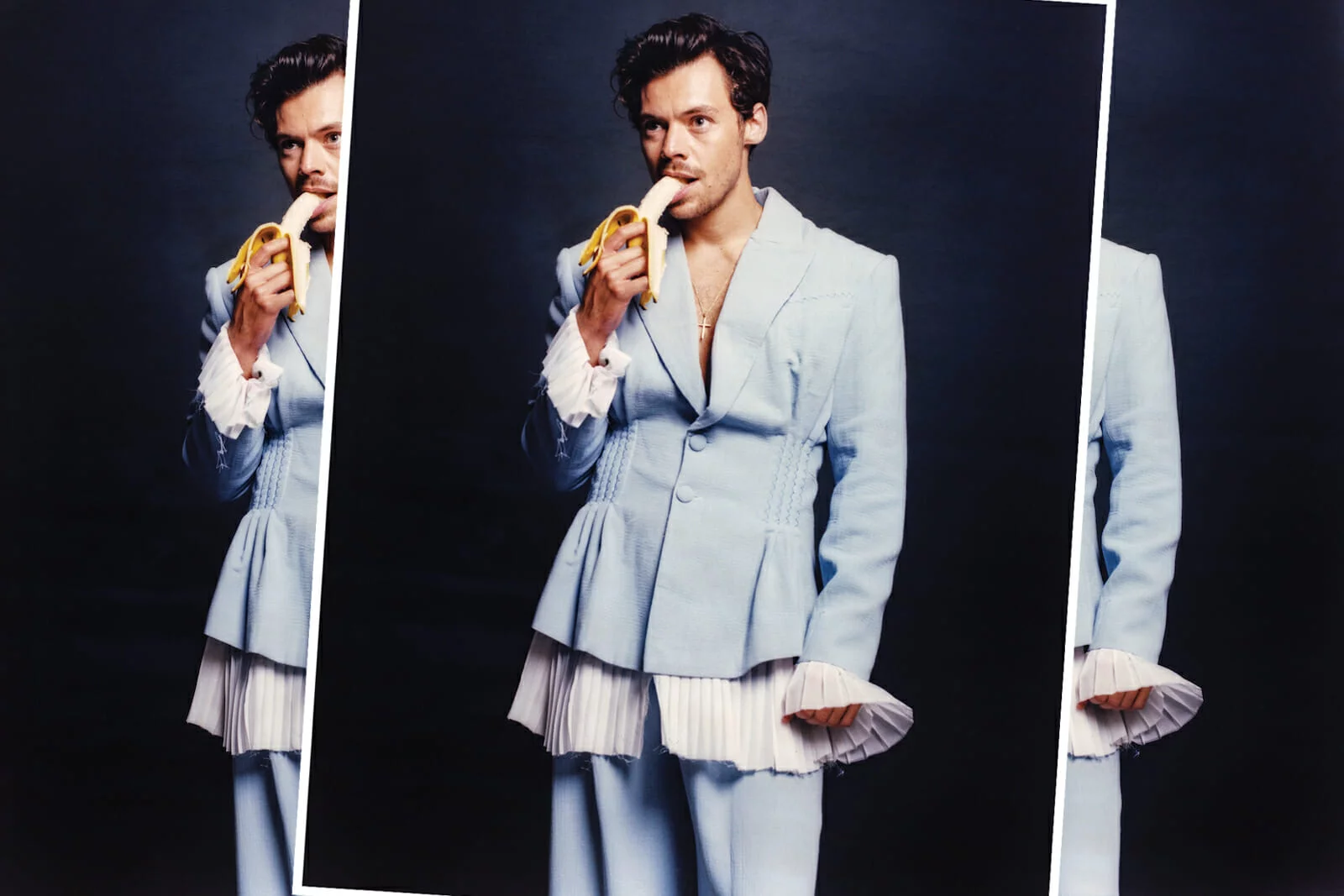In recent years, the fashion industry has been at the forefront of breaking down traditional gender norms and embracing gender fluidity. The concept of gender-neutral or gender-fluid fashion is challenging the once-rigid boundaries that dictated how clothing should be designed, marketed, and worn based on gender.
Defying Traditional Norms
Historically, fashion has been categorized into ‘men’s’ and ‘women’s’ clothing, each adhering to societal norms and stereotypes. However, the rise of gender fluidity in fashion is reshaping these conventions. Designers and brands are creating collections that transcend the binary constraints, offering clothing that is inclusive, versatile, and not restricted by traditional gender labels.
The Rise of Genderless Fashion
Genderless or gender-neutral fashion goes beyond simply creating unisex clothing. It aims to provide individuals with a spectrum of choices, irrespective of gender identity, allowing them to express themselves authentically through clothing. From oversized silhouettes to minimalist designs, these garments are crafted to be worn by anyone, regardless of how they identify.
Blurring the Lines in Design
Fashion designers are actively challenging traditional gender norms through their designs. They’re incorporating elements traditionally associated with one gender into clothing intended for another. This blurring of lines includes using fabrics, colors, and silhouettes that were once exclusively considered masculine or feminine, allowing for a more inclusive and diverse range of choices.
Inclusive Marketing and Representation
The shift towards gender-fluid fashion extends beyond design. Brands are embracing inclusive marketing strategies by featuring models and influencers who represent diverse gender identities. This approach not only reflects the reality of the audience they serve but also celebrates individuality and fosters a sense of belonging within the fashion community.
Empowerment through Self-Expression
Gender-fluid fashion empowers individuals to express themselves freely without feeling constrained by societal norms. It encourages experimentation and self-discovery, allowing individuals to curate their style based on personal preferences rather than conforming to societal expectations.
Challenges and Progress
Despite the progress, challenges remain. The fashion industry is still navigating its way towards true inclusivity. There’s a need for more extensive size ranges, greater accessibility, and a continued push for diversity in design and representation. Additionally, social stigmas and stereotypes surrounding gender-neutral fashion require ongoing efforts to break down barriers and promote acceptance.
The Future of Fashion: Inclusivity and Diversity
The rise of gender fluidity in fashion signifies a shift towards a more inclusive and diverse future. It’s not just about clothing; it’s about fostering a culture of acceptance and celebrating individuality. The fashion industry’s commitment to breaking stereotypes and embracing gender fluidity sets a progressive tone, inspiring positive change and paving the way for a more inclusive world.
In conclusion, fashion’s embrace of gender fluidity marks a significant departure from traditional norms. It’s a movement towards a future where clothing is not limited by labels but rather celebrates the spectrum of identities, promoting acceptance, and empowering individuals to express themselves authentically.

